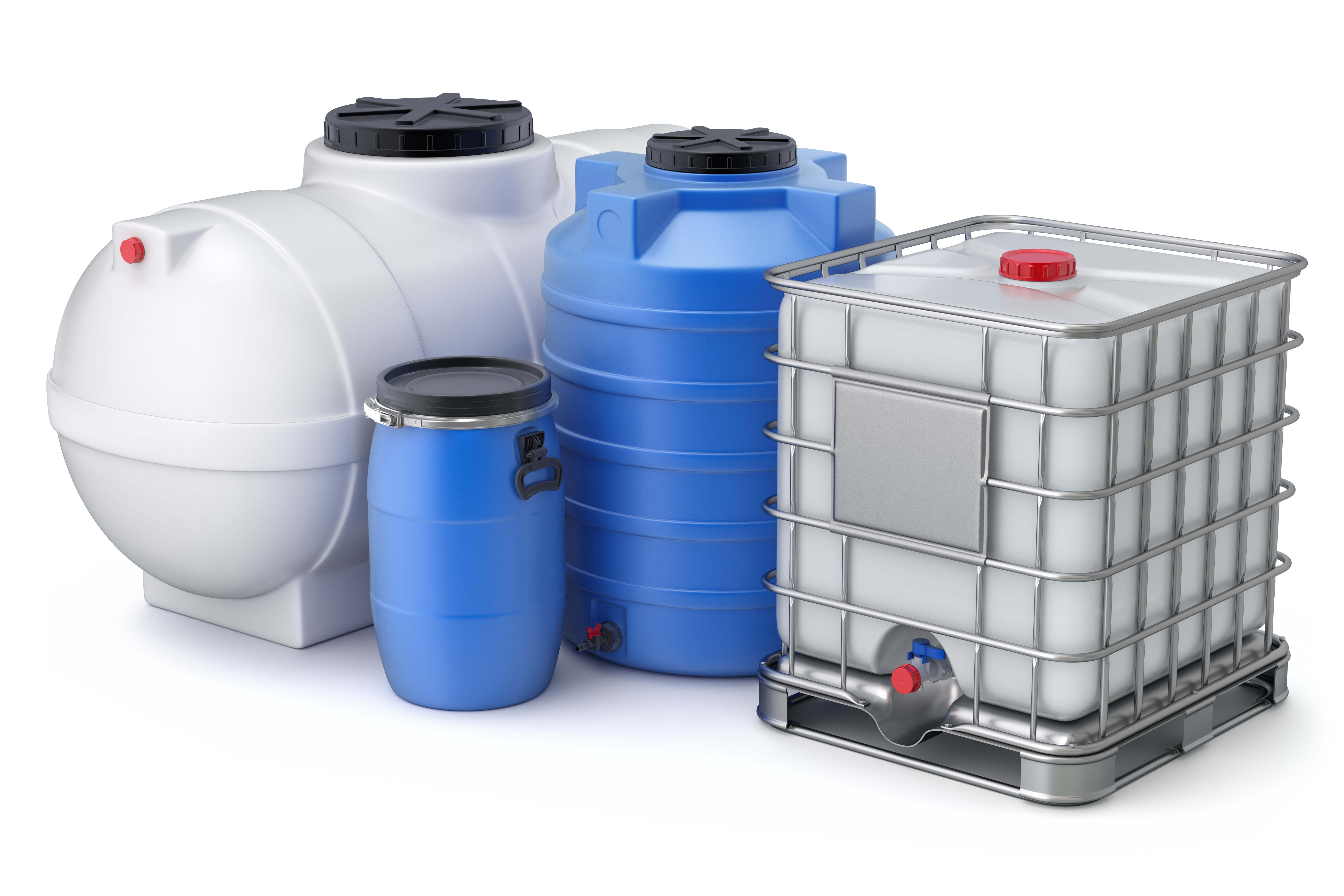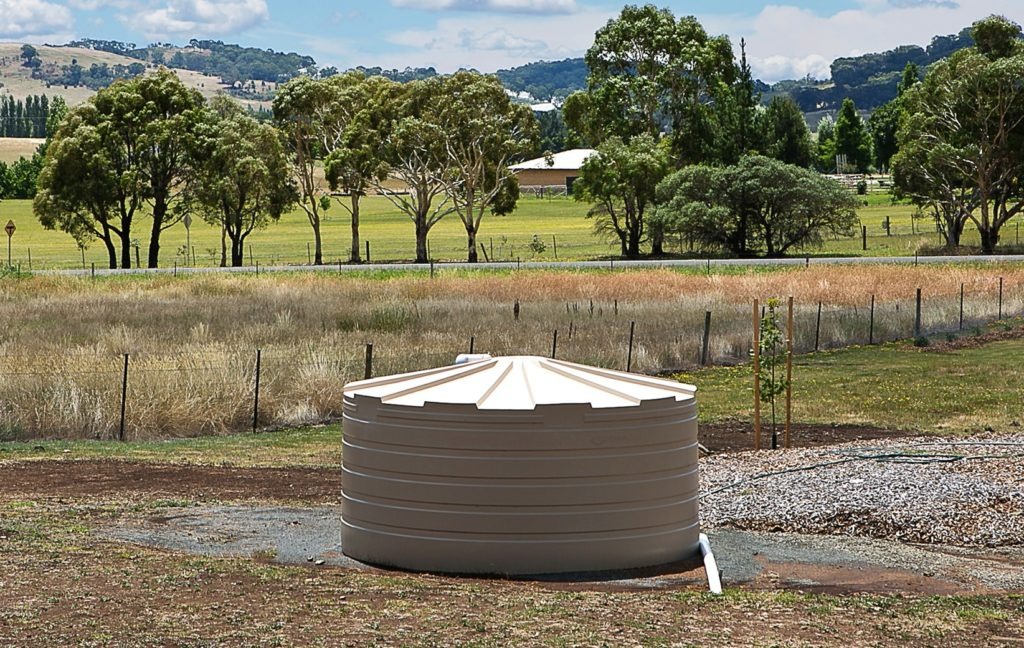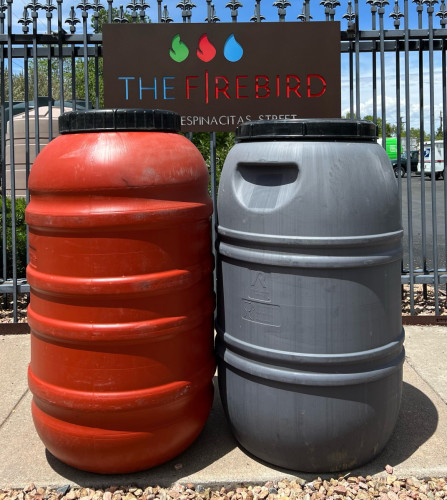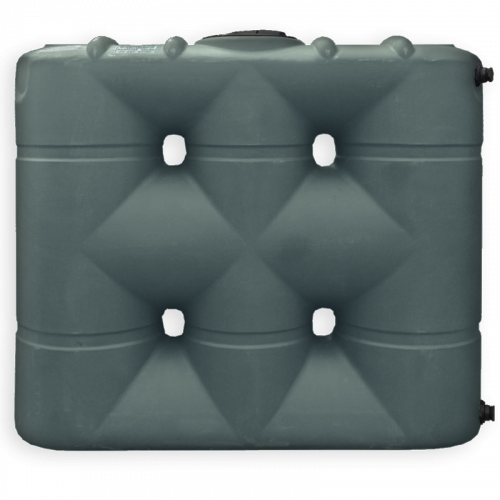How long can water be stored?
The length of time rainwater can be stored depends on the storage method, environmental conditions, and any treatments applied to the water.
Rainwater stored in open containers, such as buckets or rain barrels without proper sealing, can be prone to contamination from debris, insects, and algae growth. It is recommended to use the stored water within a few weeks to a couple of months if you are storing your rainwater this way.
Storing rainwater in closed containers, such as water tanks or sealed barrels, helps prevent contamination and prolongs its storage life. If the containers are properly sealed and the water is kept away from direct sunlight, rainwater can be stored for several months to a year or more.
Treating rainwater with appropriate filtration and disinfection methods can significantly extend its storage life. Common treatment options include filters, adding chlorine or other disinfectants, and employing UV sterilizers. With proper treatment, rainwater can be stored for extended periods, potentially up to a year.
The quality of rainwater can vary depending on the region, environmental factors, and any pollutants present in the atmosphere. Be sure to test the rainwater regularly to ensure its safety and suitability for various uses.
It is also important to keep in mind local regulations and guidelines that may exist regarding rainwater storage. Santa Fe, New Mexico, has implemented progressive rainwater storage policies to promote sustainable water management. Recognizing the region's arid climate, the city encourages rainwater harvesting as a valuable water conservation strategy.
Residents and businesses are permitted to collect and store rainwater for non-potable uses, such as irrigation and landscaping. There are guidelines in place to ensure proper installation, filtration, and maintenance of rainwater storage systems to protect water quality. Santa Fe's rainwater storage policies contribute to responsible water usage and environmental sustainability in the region.
What type of water tank is best for harvesting and storing rainwater long term?
 When it comes to storing rainwater long term, choosing the right type of water tank is crucial.
When it comes to storing rainwater long term, choosing the right type of water tank is crucial.
Polyethylene tanks, also known as plastic tanks or poly tanks, are a popular choice for rainwater storage. They are lightweight, durable, and resistant to rust and corrosion.
Look for tanks made from food-grade polyethylene that are UV-stabilized to prevent degradation from sunlight exposure. These tanks are available in various sizes and shapes, allowing flexibility in installation.
Here at The Firebird, we are proud to work with Bushman to provide our customers with high quality polyethylene rainwater harvesting and storage tanks. Bushman rainwater harvesting tanks are outfitted at the factory with an inlet strainer basket and lid, screened 3-inch overflow, accessory port, and dual lower drain bulkheads. These features allow for an easy install on your rainwater harvesting project.
Bushman water storage tanks are outfitted with a vented manway lid and one upper and lower bulkhead fitting. Bushman water storage tanks are NSF/ANSI 61 certified for potable water storage and suitable for water storage applications other than rainwater harvesting.
Other materials to consider are fiberglass, concrete, and metal tanks. In addition to the tank material, consider factors such as capacity, location, and ease of maintenance when selecting a tank for long-term rainwater storage. It's also important to adhere to local regulations and guidelines for rainwater harvesting and storage to ensure compliance and safety.
Contact our experts here at The Firebird today by calling 505.983.5264 or stopping in and we can set up your home with an efficient rainwater harvesting and storage system that fits just right and looks great too!


